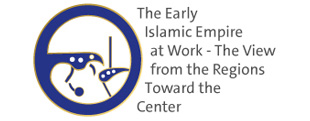Quranic Arabic Corpus
Welcome to the Quranic Arabic Corpus, an annotated linguistic resource which shows the Arabic grammar, syntax and morphology for each word in the Holy Quran. The corpus provides three levels of analysis: morphological annotation, a syntactic treebank and a semantic ontology.
- Version 0.4 Released - new and updated linguistic features in this version of the corpus

- Word by Word Quran - maps out the syntax of the entire Quran, with analysis and translation
- Quranic Grammar - traditional Arabic grammar (إعراب) illustrated using dependency graphs
Word by Word Quran Dictionary English Translation Syntactic Treebank Ontology of Concepts Documentation Quranic Grammar Message Board Resources Feedback






